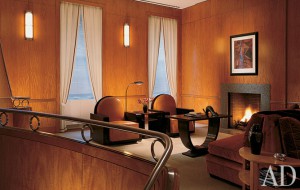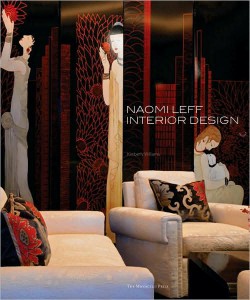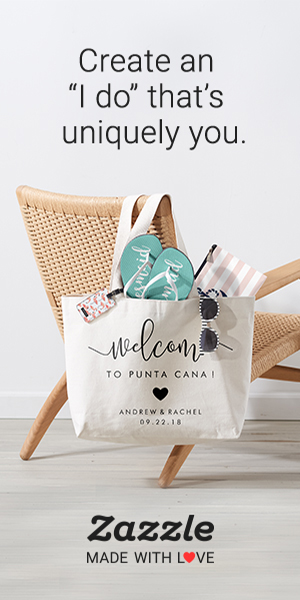Naomi Leff: Interior Design
I first encountered Naomi Leff through the shelter magazine Architectural Digest. In October 1997 (and again in March 2011) the magazine published an article on a Manhattan townhouse that Leff designed. So taken was I by the interiors that I became a Leff fan on the spot. I found out later that Leff was famous for designing the Polo Ralph Lauren flagship store in New York, among other well-known retail stores.
Wanting to know more about Leff’s works, I was surprised to learn that despite her accomplishments in commercial design, she did not publish a portfolio of her works during her lifetime. It was to my absolute delight that several years after Leff had passed away, a former associate of Leff’s took to the task.
The result, Naomi Leff: Interior Design by Kimberly Williams (The Monacelli Press, 2008), is a beautiful and well-written book, and very much a labor of love. Containing not just photographs of Leff’s major projects, it has concept boards, perspective drawings, a floor plan, a few before-after photos, as well as interviews with some of her clients. It helps greatly that the author, Ms. Williams, is a practicing interior designer: the writing is clear and concise, quite obviously from someone who’s been-there-done-that.
A short but comprehensive biography, along with a description of Leff’s design process, put the book beyond merely “coffee table”. Naomi Leff: Interior Design is a treasure trove of information, a book that delights both the intellectual and aesthetic senses.
In Focus

Manhattan townhouse. Source: Architectural Digest March 2011. Also featured in the book (p. 162). Interior design by Naomi Leff. Photo: Scott Frances.
This elegant living room in a Manhattan townhouse was decorated in the Art Deco style. The owner is a sailor so the Leff’s inspiration came from luxury ocean liners in the 1930’s.
Anegre, an African tropical hardwood, is used for paneling. Macassar-ebony armchairs (most likely with genuine patent leather upholstery)and a U-shaped table, probably piano varnished for a glossy black appearance, embellish the stylish 30’s look.
There is also a side table in the forefront of the photo that is probably made of burr maple or walnut, richly figured timbers preferred by many Art Deco furniture designers.
Soft furnishings include a velvet-upholstered sofa, plain French-pleated ivory cotton curtains with simple brown trimming, narrow-slatted white venetian blinds, and cream-colored plush carpet.
Steel balustrade, a stone fireplace (granite or marble mantel and brick for the hearth ?) and a Cubist painting by Jeanne Rij-Rousseau complete the look.
Leff Really Gets Art Deco
Art Deco was the decorative stye of some of the last great ocean liners, such as the French Line’s Normandie, the Queen Mary, and the Queen Elizabeth. This style also became a favorite for theaters, public spaces and building exteriors.
The sailor-owner was probably familiar with the style and thus was happy with the designer’s choice. The symmetry of the design, the variety of textures, and the restrained elegance of the room is perfect for fashionable New York.
The Leff-designed room’s furnishings are made of expensive materials, and care must be taken to maintain the polished surfaces that are so important to the Art Deco look.
The high Art Deco style is known for its use of exotic hardwoods such as rosewood, ebony and mahogany, most of which are now considered endangered species. Tortoiseshell and ivory inlays were also used.
It is easy to think that this preference for the rarest and most exquisite materials is not sustainable. However, these luxurious period pieces are now considered precious antiques and hopefully passed on from one generation to the next, thereby lessening their environmental impact.
Recommended Books
Naomi Leff: Interior Design
by Kimberly Williams (New York: The Monacelli Press, 2008) – worth every penny. A short but comprehensive biography, along with a description of Leff’s design process, put the book beyond merely “coffee table”. This book is a treasure trove of information, one that delights both the intellectual and aesthetic senses.
Furniture: World Styles from Classical to Contemporary by Judith Miller (London: Dorling Kindersley, 2011) – a real treasure trove of furniture, encylopedic in scope, with excellent photographs. Written with knowledge, understanding, and a great deal of passion. My absolute favorite book in the Furniture category.























Shelter magazine is a new term to me. I associate “shelter” with those basements made for cyclones or nuclear war, haha.
Hi! Many years ago I was not familiar with the term either. I actually learned it from the New York Times. They use the term sometimes (though other papers would just write “home magazine” or “interior magazine” or some variant thereof). Check out:
Spring Awakenings as well this article on Margaret Russell.